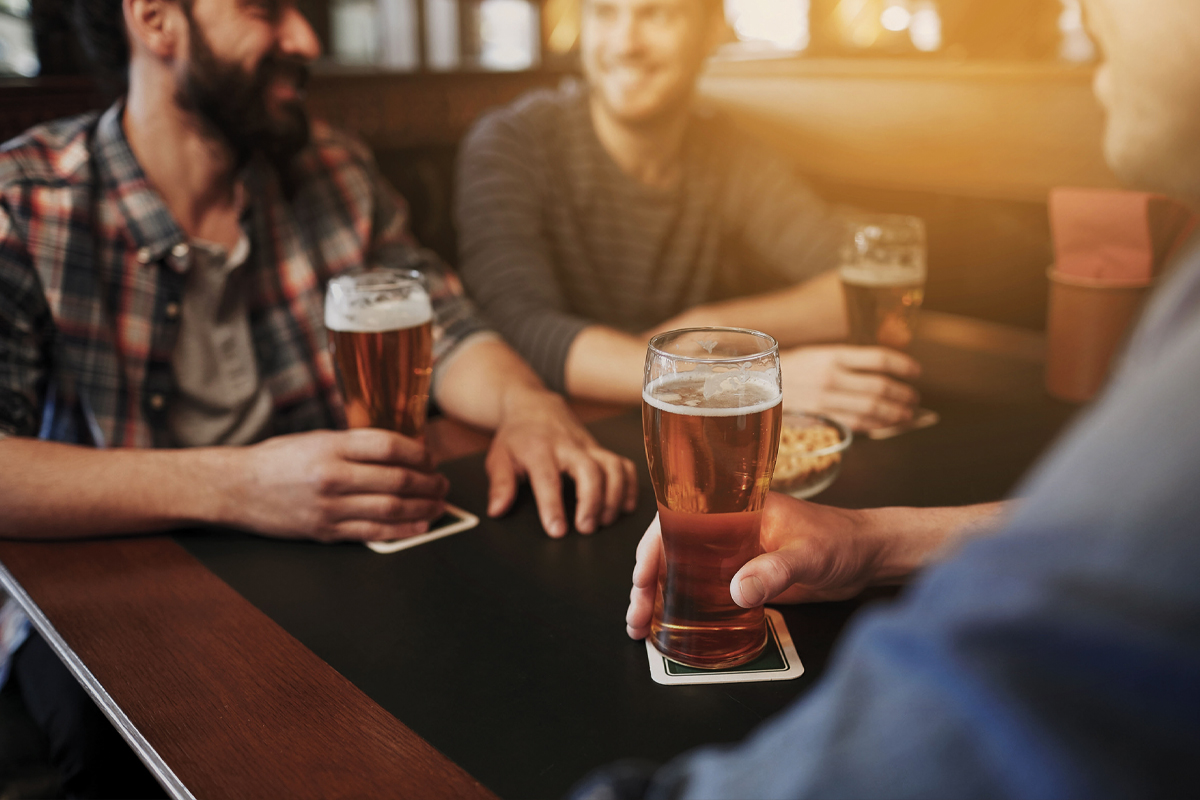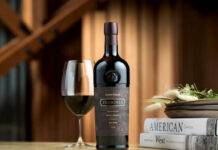The coming weeks could be particularly important for the growing category

WHILE the low and no-alcohol category is becoming more of a factor year-round, the coming weeks – when some customers look to moderate their drinking over the festive season, followed by ‘Dry January’ – could be some of the biggest for the sector.
The potential to grow sales in the on-trade is considerable, said brand owners.
Stuart Cook, managing director at Harviestoun Brewery, said he reckoned the trading and travel restrictions imposed over Christmas 2020 will mean more gatherings over the upcoming festive season.
“However, as ever, a balanced approach is required and so low and no will take on an even more important role this year,” said Cook.
The festive season will be followed by Dry January, which has become increasingly popular in the past few years.
Figures from Brewdog claimed that 6.5 million people took part in Dry January in 2021, up from 3.9 million in 2020, and the company said it expects this growth to continue into 2022.
That would seem to be supported by wider consumption figures even outside of events such as Dry January and Sober October.
“One in four bar visits does not involve alcohol and, with the growing consumer preference for grown-up alternatives to alcohol – 34% of cocktail drinkers also drink non-alcoholic cocktails, this is a huge trade-up opportunity,” said Alex Carlton, co-founder of alcohol-free spirit brand Strykk.
The trend is said to be particularly pronounced in the 18 to 35 year old age group.
According to figures quoted by cider maker Aston Manor, more than a quarter of 18 to 35 year olds are now actively cutting down on the alcohol they consume.
And over half of that age group is consuming more low or no-alcohol products, according to the company.
“Customers who are choosing low alcohol products don’t want to feel left out from those who are drinking,” said Aston Manor brand manager, Katie Walker.
“They want the same taste and experience of those who are drinking higher-ABV beverages.
“Delivering a unique drink experience is important. Whether it is a low alcohol product or not, it is crucial to ensure customers have a special and different time in a bar or restaurant than they would at home.”
And Anna Chalov, co-founder of low-alcohol producer Bemuse Drinks, said cutting back on alcohol – or cutting it out altogether – “has become a conscious decision for many”, with a significant portion of consumers in the 18 to 24, 25 to 34 and 35 to 44 year old age groups moving away from alcohol altogether.
“With these age groups being a primary target for the on-trade, getting the offer right is essential for businesses to thrive,” said Chalov.
There are several steps bar and pub operators can take to try and make the most of their low and no selection, said drinks companies.
“The best way to maximise your low and no offering is to utilise it within meal deal offers – especially at lunchtime and mid-week where diners will be looking for lower-key moments,” said Ben Lockwood, marketing manager for the on-trade at Brewdog.
“It’s also important to give these products pride of place in terms of positioning in the fridge, on the back-bar, and on menus, making them as easy for the consumer to find as possible.”
That was reinforced by Peter Gowans, country manager for Erdinger Alkoholfrei, who said the growing popularity of the low and no category warrants a prime position in venues.
“This is one of the fastest growing drinks categories so should be given the visibility it merits on the bar or menu with tasting profile, ingredients and any additional attributes highlighted to promote the brand,” said Gowans.
And Heineken UK’s on-trade category and commercial strategy director, John Gemmell, said it is important for venues to stock low and no-alcohol products across various categories, as customers tend to remain loyal to their favourite drink – beer, cider, spirits or wine – regardless of whether they are consuming alcohol or not.
“COVID-19 has accelerated the moderation trend,” said Gemmell.
“With increased time being spent on health and wellness, moderation and the demand for no and low alternatives will likely continue to rise across all demographics.
“As the demand increases, it is even more important to review your no and low offering and adjust your range accordingly.”



















